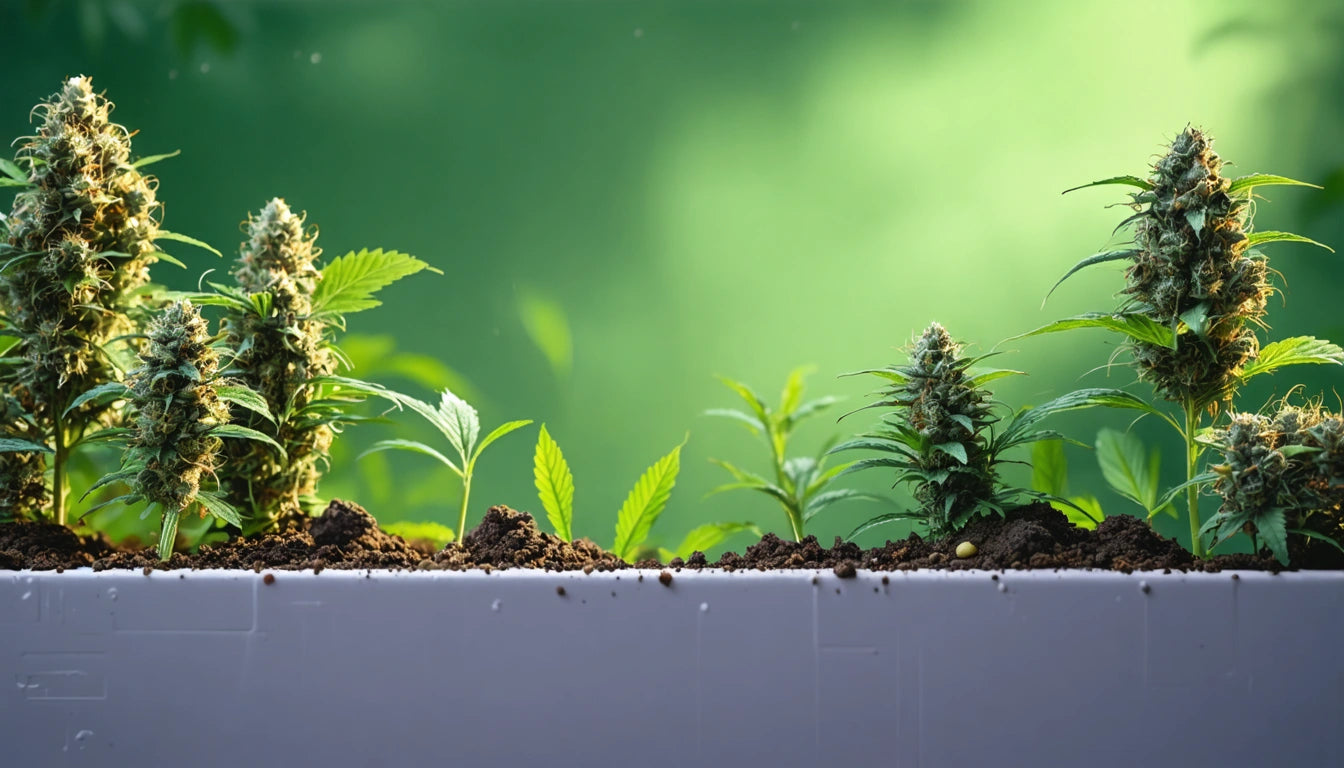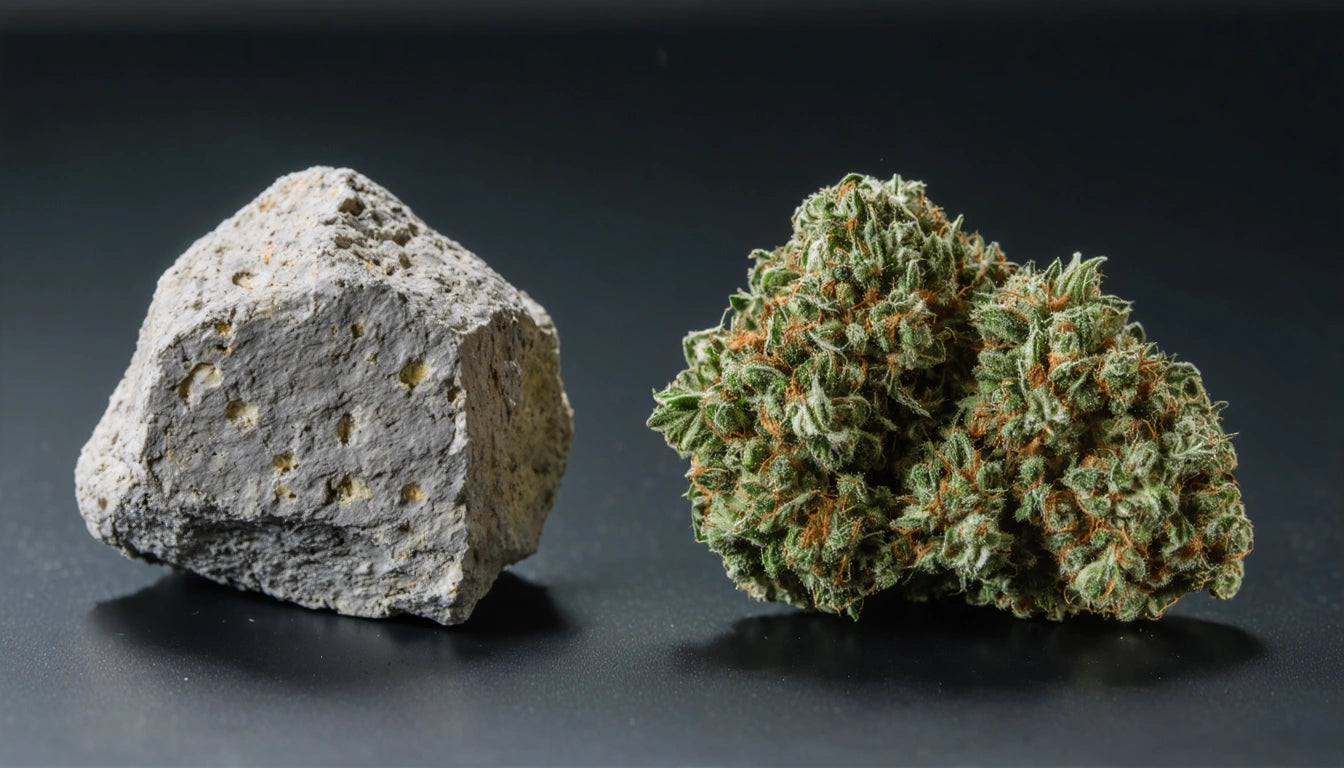Accessible Packaging for All Abilities: Inclusive Design Guide
In today's diverse marketplace, creating accessible packaging for all abilities isn't just about compliance. It's about expanding your customer base, enhancing user experience, and demonstrating corporate social responsibility. Cannabis brands that prioritize inclusive design in their packaging solutions can build stronger connections with consumers while addressing practical needs.
Understanding Accessible Packaging
Accessible packaging refers to container designs that can be easily used by people across the spectrum of physical and cognitive abilities. This includes considerations for those with limited dexterity, visual impairments, cognitive differences, and other accessibility needs.
According to industry research on accessible packaging, approximately 15-20% of consumers experience some form of disability that affects their ability to interact with standard packaging. For cannabis products specifically, this can impact a significant portion of medical users who may have conditions affecting motor skills or vision.
Key Elements of Accessible Packaging
Easy-Open Features
While maintaining child-resistance requirements, accessible packaging incorporates mechanisms that require minimal hand strength or dexterity. Push-button containers, lever systems, and guided opening mechanisms help users with limited hand strength or coordination.
Clear Communication
Effective accessible packaging uses:
- High-contrast text and images
- Larger font sizes for essential information
- Tactile indicators for opening instructions
- Simple, direct language
- Braille or raised lettering when appropriate
Intuitive Design
Packaging should communicate how it functions without requiring complex instructions. The opening mechanism should be obvious through visual and tactile cues, reducing cognitive load for all users.
Inclusive Design Principles
Inclusive design principles extend beyond accessibility to consider the full spectrum of human diversity. This approach ensures packaging works well for people of different ages, genders, cultural backgrounds, and abilities.
Gender-neutral packaging, for instance, avoids stereotypical color schemes or imagery that might alienate certain consumers. Understanding what makes packaging gender-neutral helps brands create more universally appealing products.
Compliance and Regulatory Considerations
Balancing accessibility with regulatory requirements presents unique challenges in the cannabis industry. Child-resistant packaging remains mandatory, but innovative designs now allow for both safety and accessibility.
For businesses managing inventory, precision measurement tools like digital scales help ensure product consistency, which is particularly important when serving customers who rely on specific dosing for medical purposes.
Implementation Strategies
User Testing
Involving diverse users in packaging development provides invaluable insights. Testing should include people with various abilities, ages, and backgrounds to identify potential barriers.
Phased Approach
Companies can implement accessibility features gradually:
- Phase 1: Improve visual accessibility through label design
- Phase 2: Enhance physical accessibility of opening mechanisms
- Phase 3: Develop comprehensive accessible packaging systems
Supplier Partnerships
Working with packaging suppliers who understand accessibility needs can streamline the development process. Many suppliers now offer stock options with accessible features that still meet regulatory requirements.
Business Benefits of Accessibility
Exploring the role of packaging in brand accessibility reveals significant business advantages. Accessible design often leads to:
- Expanded market reach
- Increased customer loyalty
- Enhanced brand reputation
- Reduced return rates
- Competitive differentiation
When customers can easily access and use your products, they're more likely to become repeat buyers and brand advocates. This is particularly relevant in the cannabis industry, where user experience plays a crucial role in product selection.
As the cannabis market matures, accessible packaging will likely transition from a competitive advantage to an industry standard. Brands that proactively embrace inclusive design principles now will be better positioned for long-term success in an increasingly diverse marketplace.











Leave a comment
All comments are moderated before being published.
This site is protected by hCaptcha and the hCaptcha Privacy Policy and Terms of Service apply.